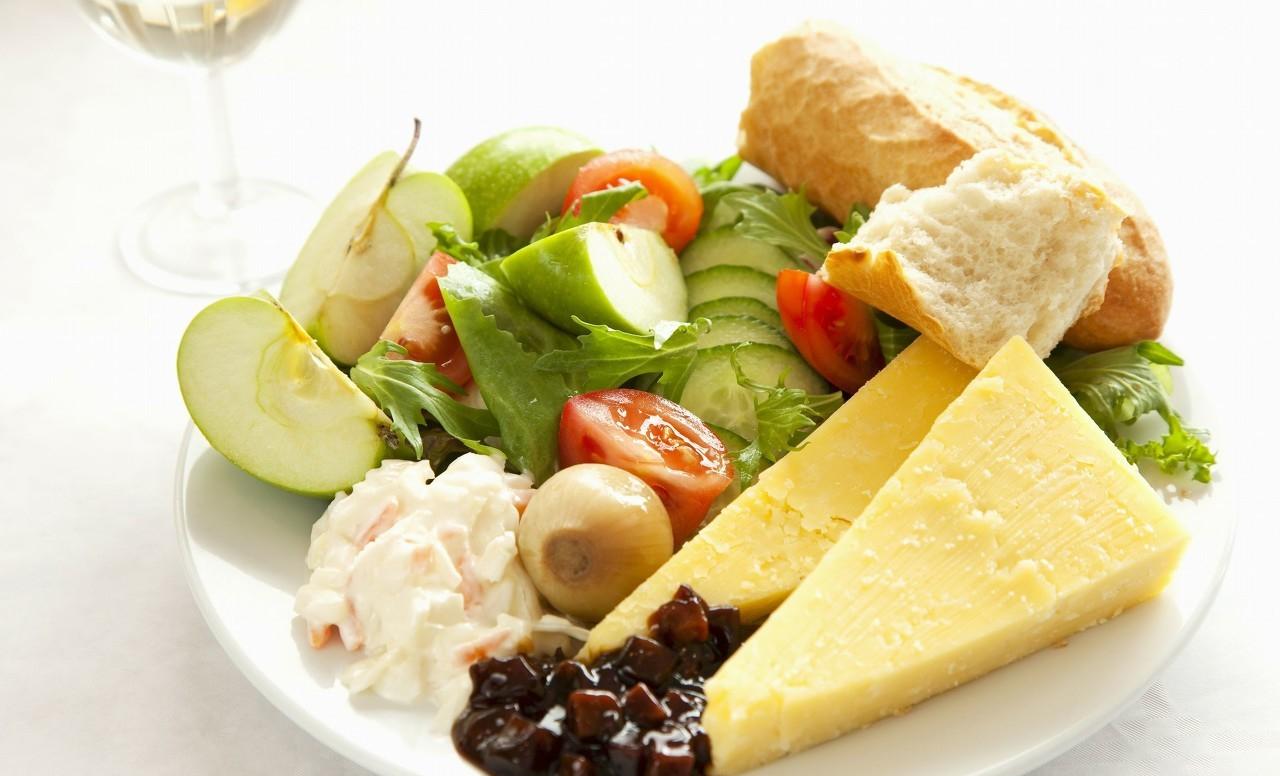
(1) Hot food
Garlic, chili peppers, peppers, mustard, wine, goat meat, eel, etc.
(2) Warm food
Green onion, fennel, peppercorns, chicken, pork liver, grass carp, silver carp, squid, Wuchang fish, striped fish, sea cucumber, sea prawns, pumpkins, papaya, guiyuan, kumquat, red dates, chestnuts, walnuts, glutinous rice, grapes, lychees, cherries, cherries, bayberry, etc.
(3) Flat food
Sesame seeds, lotus seeds, rice, tofu, shiitake mushrooms, lion's head mushrooms, white fungus, pineapple, coconut, lemon, fig, loquat, quail meat, carp, crucian carp, yellow croaker, etc.
(4) Cool food
Sesame oil, loofah, eggplant, bamboo shoots, white radish, celery, tofu, pears, sugar cane, diamond horn, chrysanthemum, etc.
(5) Cold food
Winter melon, cucumber, cabbage, seaweed, hollow cabbage, bitter cabbage, purslane, lotus root, white mustard, lettuce, loofah, bitter melon, enoki mushroom, watermelon, melon, persimmon, mulberry, kiwi, water chestnut, lily, mung bean, millet, coix kernel, salted duck egg, blackfish, pig brain, kelp, clams and clams, etc.
Reminder: The body of the yang deficiency and yin should be warm and not cold; the body of the yin and yang should be eaten clean and moist and not spicy. People with a phlegm warm physique should eat light and warm products, eat less fat and glycerin; those with a weak spleen and stomach should eat warm and soft products, and avoid eating rough and hard and cold.